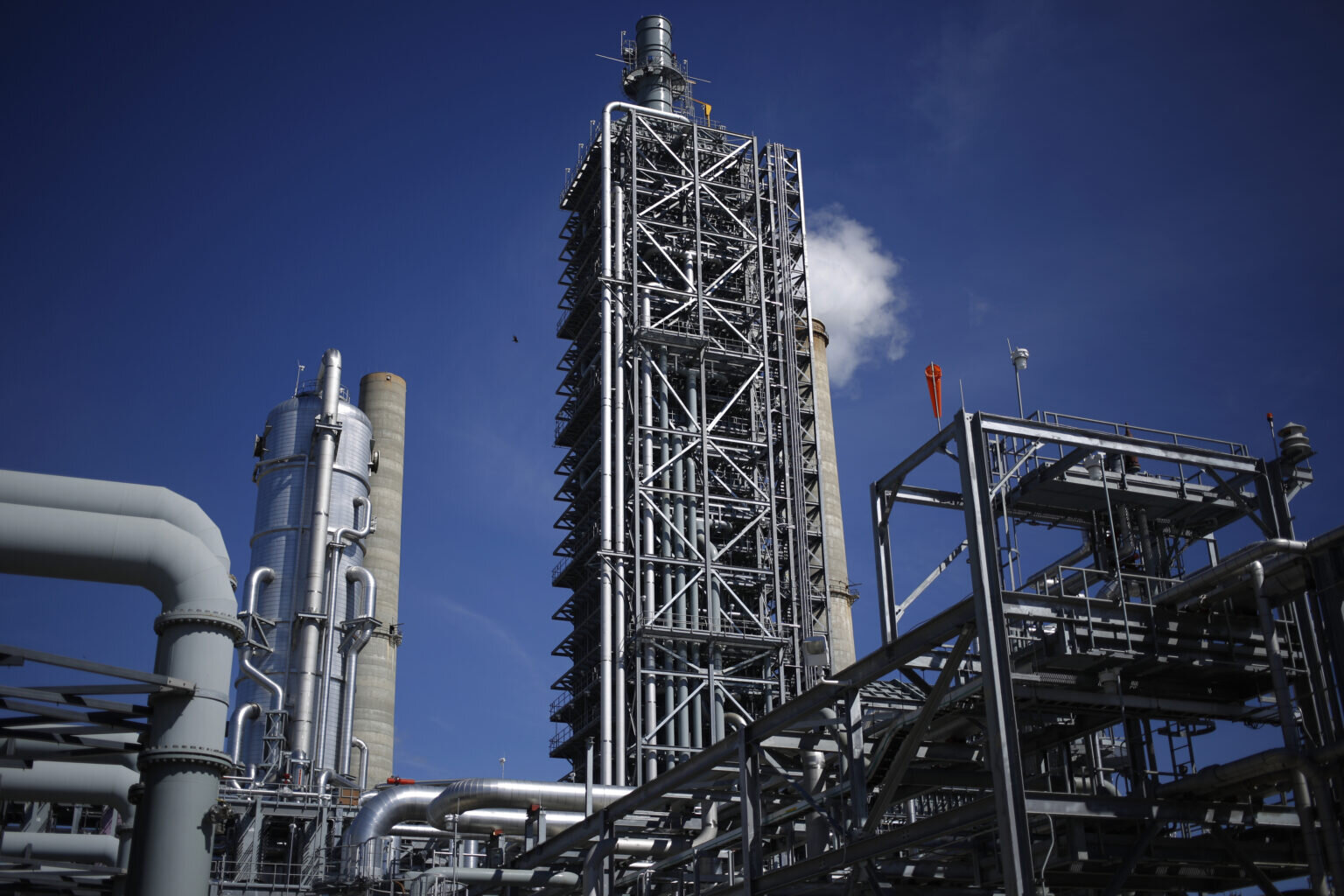Climate Change in the Media
A new study shows that climate warming is threatening whales, puffins and cod that depend on one of the Gulf of Maine’s smallest marine creatures
- an essential link in the ocean’s food chain.
Read more in this recent article published by Inside Climate News.
Sea level will continue to rise globally and affect all coastlines no matter what we do about greenhouse gas reduction, according to a new study reported in the New York Times.
But sea level rise will not affect all coastlines equally, because the rise is not uniform.
Land subsidence and compaction of sediments along much of the US East and Gulf coasts add to the increase; in those areas sea level rise may exceed one foot in the next three decades.
Read more in the New York Times article here.
According to Dartmouth professor Justin Martin, “extreme snowstorms [like the January 2022 blizzard in New England], even in the face of longer term declines in winter snow, are entirely consistent with the effects of global warming ... Storms like this are emblematic of the fact that we need to do a better job of managing their risks now to make us more resilient for the future.”
Read more in the Washington Post article here.
On January 16 the combined effect of high tides, flooding and wave surge along Plum Island’s Reservation Terrace caused one home to be condemned because of an undermined and fractured foundation. Dozens of others have been flooded or damaged by that intense storm. Projections of more frequent and intense storms and sea level rise along the eastern seaboard are one effect of global warming and climate change.
Read a full account of this event on Plum Island in The Daily News
More news on global warming! Research published recently in the journal Climate analyzed temperature data over more than a century across the six New England states. It shows that most winters are becoming significantly shorter and summers longer, significantly impacting our region.
Read a detailed summary of this research in the Boston Globe.
A warming climate is causing frequent surface flooding and thawing of permafrost that is threatening areas along the Trans-Alaska Pipeline that carries production from Prudhoe Bay to the US. It runs along the Dalton HIghway, the major artery connecting to the northern oil fields. The codependence between the Highway and pipeline is such that if one fails, the other faces failure. Much time and investment has been made to sustain the road and pipeline over the past 15 years, but oil production has declined from 23% of oil and gas refined in the US to 7% today.
Read the full article in InsideClimateNews.com.
New observations of the portion of Antarctica’s Thwaites Glacier that has been pushed offshore is showing signs it is breaking apart. Scientists at the recent meeting of the American Geophysical Union say ocean water underneath the ice shelf is melting it at an alarming rate and could see it collapse within the next three to five years. This would allow the main glacial body to slide off the continent into the ocean. This amount of ice, about the size of Florida, could raise sea level by one to two feet in just a few years and influence the release of other, nearby, glaciers.
Read the full article to learn more about this report taken from research report at the recent AGU meeting.
New studies of Earth’s temperature rise since the end of the last glaciation concluded: “… suggests that current temperatures are unprecedented in 24,000 years, and also suggests that the speed of human-caused global warming is faster than anything we’ve seen in that same time,” said Jessica Tierney, a Univ. of Arizona geosciences professor and co-author of the study.
Read the full article to learn about their innovative approach to determining ancient temperatures in Scitechdaily.com
Nitrogen is the principal nutrient of seagrasses that cover large swathes of shallow coastal seas. In some coastal regions where seagrasses are most successful there is little nitrogen to be found. Photosynthetic organisms like seagrasses remove large amounts of carbon dioxide from the atmosphere and store the carbon with their ecosystems.
In a low-nitrogen shallow region of the Mediterranean Sea, new research shows that a newly discovered bacteria found in their roots provides the nitrogen necessary for growth.
Read here what these studies have found on www.phys.org.
The official launch of the U.S.-European Union-led Global Methane Pledge at the Conference of the Parties climate summit in Glasgow (COP26), had more than 100 nations pledging to cut global methane emissions by 30 percent or more between now and 2030 in an effort to quickly and significantly curb global warming.
Read here to learn more from InsideClimateNews.org
Seven major offshore wind farms would be developed on the East and West coasts and in the Gulf of Mexico in a plan announced on October 13. The
Interior Secretary said her department plans to lease areas by 2025 off the coasts of Maine, New York and the mid-Atlantic, as well as the Carolinas, California, Oregon and the Gulf of Mexico.
Read here to learn more from AP News.
Largely unmonitored or even unknown, there may be as many as 3.2 million abandoned oil and gas wells in the US that are leaking methane which is second only to carbon dioxide as a long-lived greenhouse gas driving global warming. We are just beginning to understand the extent of this world-wide problem.
Read here to learn more from Climate Central.
The question of which cities and regions will be able to adapt to new extreme heat is part of the hard math of climate change. Heat researchers see this process defined by two drivers: income and climate.
Read the Bloomberg Green article …
Dr. James Hansen, renowned NASA climate scientist now with Columbia University, projects that unexpected reductions in aerosols may double the rate of global warming in the next 20 years, compared with the last 50.
Read the Forbes article …
The abundance of plastic packaging materials, much of which is recyclable in landfills, instead have been finding their way to the oceans for many decades. Emerging research on all trash in the oceans indicates plastic bags, bottles, food containers and disposable plastic cutlery make up over 40% of the plastic load.
Fossil Fuel Companies Are Quietly Scoring Big Money for Their Preferred Climate Solution: Carbon Capture and Storage.
Read this article by Nicholas Kusnetz in Inside Climate News.
An earlier article by this author discussed the current policy discussions on carbon capture.
Boston and Newburyport - different in size and geography but with many similarities in how climate change will impact water supply and treatment. Here’s what Boston’s Charlie Jewell, director of planning at the Boston Water and Sewer Commission had to say.
“… flush the toilet, it goes away. You do the sink, it goes away. The water comes out, the water turns off. It rains, the water goes away. As long as it's gone, nobody thinks about the pipes and the maintenance and all that stuff …”
The New York Times has launched the Climate Hub to bridge the gap between the COP26 summit and the public by creating a physical and virtual space where influential leaders and thinkers can join forces with the wider community to debate, discuss and discover climate ideas and innovations. Their first meeting will take place in Glasgow.
Register here to be updated on how to attend virtually (or in person).
Hartford has ambitious plans to combat climate change by, among other measures, dramatically boosting the number of electric vehicles in Hartford and encouraging property owners to switch from fossil fuels to electric-powered heat pumps.
This recent article by researchers A.R. Siders and K. Mach described positive steps cities can use to manage retreat of homes and businesses from coastal areas threatened by rising sea level and storms. Professors Siders and R. Young both spoke on this subject at recent Speakers Series presentations.
Models show potential for major flooding (red areas on map) in Boston by 2070 …
Newburyport’s resiliency plan indicates it will also be affected.
As Sea Levels Rise in Boston, Stormwater May Have Nowhere To Go. Read this article from WBUR.org
Bay Ismoyo/AFP/Getty Images
A Washington Post article about peat and the release of CO2 is relevant to land uses adjacent to the Great Marsh
A single study discusses the release of carbon dioxide in areas where peatlands were converted to farmlands. Our local marsh is a valuable “carbon sink.”






















